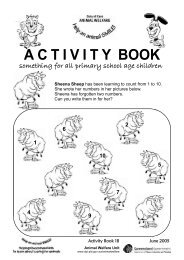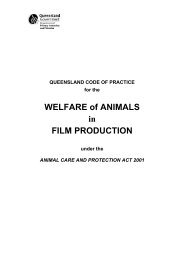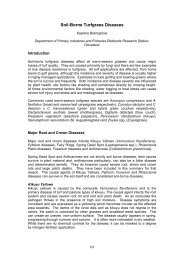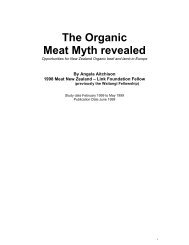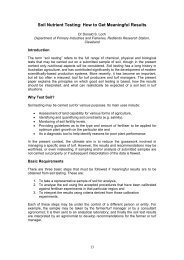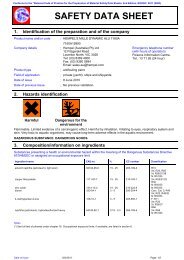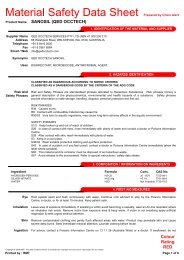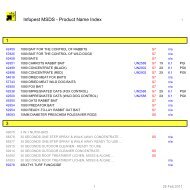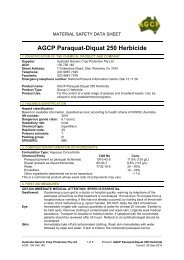Guidelines For Rural Beekeeping In Queensland
Guidelines For Rural Beekeeping In Queensland
Guidelines For Rural Beekeeping In Queensland
Create successful ePaper yourself
Turn your PDF publications into a flip-book with our unique Google optimized e-Paper software.
Table 2. Some of the major beekeeping areas in <strong>Queensland</strong><br />
Location Importance Season Resource utilised<br />
The far west<br />
Paroo<br />
honey and pollen winter/spring yapunyah, wildflowers<br />
Coastal ranges<br />
Burnett<br />
honey<br />
summer<br />
spotted gum, grey<br />
ironbark, brush box<br />
Darling Downs honey and pollen winter/summer<br />
Burdekin horticultural area pollination autumn/winter/spring<br />
mountain coolibah,<br />
sunflower, ironbark,<br />
agricultural weeds,<br />
yellow box<br />
horticultural crops,<br />
melons, pumpkins<br />
cucumber, zucchini<br />
<strong>In</strong>dustry structure<br />
The beekeeping industry has an active State peak body association — the <strong>Queensland</strong> Beekeepers’<br />
Association (QBA). Numerous recreational groups sometimes affiliate with QBA.<br />
QBA — The Secretary P.O. Box 49 Mapleton Q 4560.<br />
The peak national industry body is the Australian Honeybee <strong>In</strong>dustry Council (AHBIC).<br />
P.O. Box R838 Royal Exchange NSW 1225.<br />
Telephone: 02 9221 0911<br />
Email: ahbic@honeybee.org.au<br />
3



